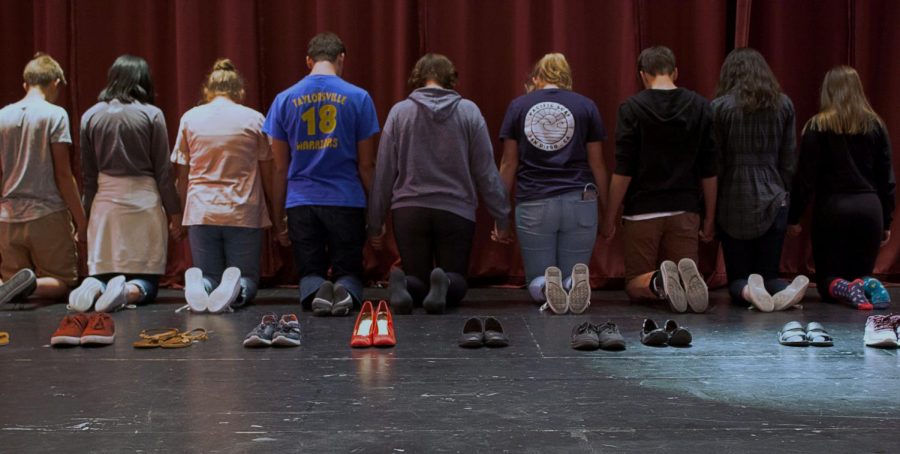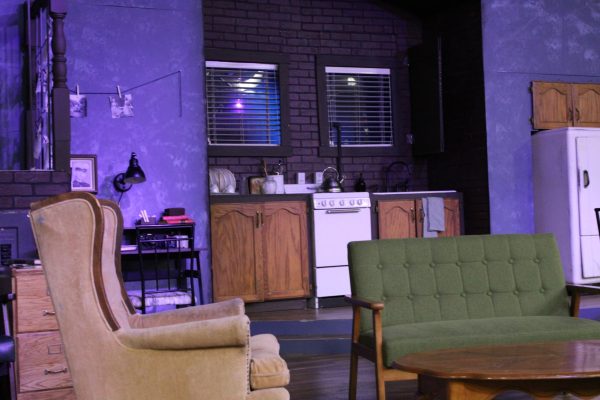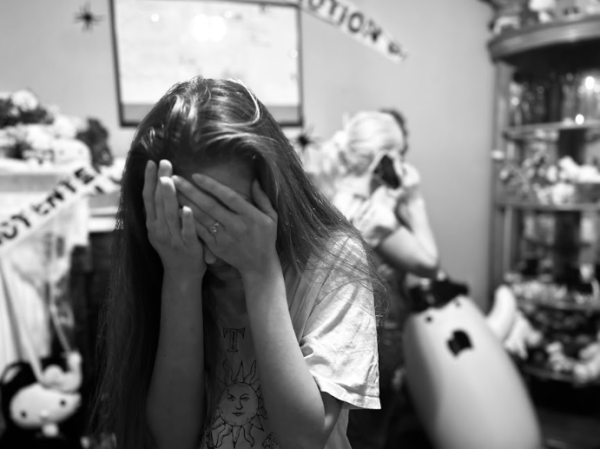Students return to school amidst shooting terror
Photo representing students who have lived through school shootings, mourning those who died.
October 4, 2018
After the onslaught of shootings at the end of the 2018 school year, student worries have arisen regarding the return to school and the shift into a ‘gun-free zones’.
Following the Sante Fe High School shooting, in which 20 students and faculty were shot and resulting in the death of ten school members, students and politicians from all over the country have taken to social media to express concern reentrance of students to schools.
Many have questioned the policies, or lack thereof, in some districts and schools, meant to protect students in the classroom from on-campus gun violence.
“I was in a country where they had control and I felt a lot safer in that country, although there are a lot of stabbings. They did do a lot of backpack checks and they had metal detectors,” said Senior Nizhoni Guthrie. “Awareness will solve problems, not like bullying or trigger problems, I think that safety will make us more aware. We can only do our best. We can’t fix it all.”
Utah lawmakers have since proposed allowing temporary confiscation of all firearms for those deemed to be a threat to the masses and will continue to hold such items until residents pass a psychological evaluation, as well as providing mental health services to students who would otherwise have no access to them. Included in this is the “red flag” bill, which reached opposition amongst gun rights groups, including, but not limited to, the National Rifle Association.
Yet in spite of these proposals, there is no strict state or district policy concerning the instance of gun violence and prevention, except in lockdown drills or with probable cause.
“There should be more policies in place in regards to shootings. I think that [the administration] should do locker checks. I understand that some people say it’s a way of invading privacy, but I would say it’s not. It’s just being safe and protecting the students,” said Guthrie.
The Utah Board of Education has heavily thought upon the concept of arming teachers, which reached much opposition, as well as support and indifference from faculty across the state.
“Our banks, our airports, our NBA games, our NFL games, our office buildings, our movie stars, our politicians — they’re all more protected than our children at school,” said Wayne LaPierre, American Gun Rights Activist said. “We surround and protect so much with armed security, while we drop our kids off at schools that are so-called ‘gun-free zones.'”
Through arming teachers, it has been proposed that students would have far more protection, discouraging potential shooters as well as act as first responders in more rural communities where police may not arrive on scene in time.
“I am vehemently against me being armed. I feel that it asks far too much of teachers to not only be teachers but to also be bodyguards,” said AP History teacher, Sherri Horton. “I also feel that it asks far too much of me to have to kill or injure a student. That is a decision that I never want to make, and one that others are suggesting should be something I am willing to do. Taking a life, even when defending others, is a hard thing to come to terms with, and something I don’t believe I would be able to do, even if I was armed.”
“At least 53 new school safety laws were passed in states in 2018. Districts are spending millions of dollars to “harden” schools with new security measures and equipment. A blue-ribbon federal school safety commission led by Education Secretary Betsy DeVos is holding public events around the country, including one in Alabama Tuesday. Children are spending class time on active-shooter drills and their parents are buying bulletproof backpacks,” wrote Anya Kamenetz, NPR correspondent.
A common thread amongst teachers and parents is the idea of losing education and true safety and replacing it with the fear of falling victim to the next school shooting. Students, as well, are working towards safety within schools, as seen at the March for Our Lives protest in March.
“I truly believe that the young people of America that are standing up and demanding change are the ones that will make things happen. If we rely on lawmakers we will continue to see no change, or things getting worse,” said Horton.





